Track 1:
Displays and Touch 101
Room 2
8:30-10am |
M-1: Issues, Insights, and Interactions on Touch HMI
by Gary Barrett
Touch International
and
Geoff Walker
Intel Corp.
|
 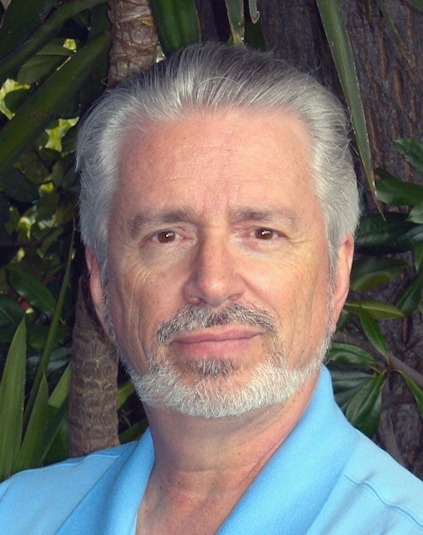
|
Two well-known touch experts will together present their analysis and insights in a fast-paced interactive session that explores the state-of-the-art in p-cap touch. Topics may include touch performance, the problem of “good enough” in the touch industry, the evolving touch Logo specs, active vs. passive stylus, touch middleware, what’s after p-cap, the effect of ITO replacements on large-format, pressure-sensing, home gaming tables, flexible touch screens on flexible displays, the future of embedded touch, touch-screen coatings, the co-existence of 3D gestures and touch, the reality of multi-touch, the touch user experience, outdoor readability, and more. The presenters won't always agree on all these topics, but their insights and interaction will be interesting, educational, and thought provoking
|
Track 1:
Displays and Touch 101
Room 2
10:30-12:00 noon |
M-5: Shift in Display Investment
by Paul Semenza
NPD DisplaySearch
|
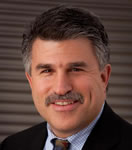 |
| After years of building bigger fabs, display makers mostly stopped at Gen 8 as TV market growth slowed and panel sizes reached the limits of consumer needs. Meanwhile, demand shifted to mobile devices, which value high resolution, interactivity, low power, and low weight. How are panel makers investing to meet these needs? Is there room for new entrants and alternative technologies? |
Track 1:
Displays and Touch 101
Room 2
1:30-3:00 pm |
M-9: Display Metrology: Basics and Practical Considerations
by Michael Becker
Display Metrology Systems
and
Jurgen Nuemier
Instrument Systems
|
 
|
| This seminar presents a range of practical aspects of Display Metrology with focus on variations of viewing direction and display performance under ambient illumination. Critical aspects of light-measurements devices will be introduced together with corresponding diagnostic procedures. The seminar is complemented by a review on display-metrology standards and terminology, concepts of measurement uncertainty, and calibration issues. |
Track 1:
Displays and Touch 101
Room 2
3:30-5 pm |
M-13: Stereo 3D, Light Fields, and Perception
by Kurt Akeley
LYTRO,Inc.
|

|
| Are stereo cinema and television necessarily passing fads? To better understand the long-term prospects of queue-correct 3D displays, current practice and possible future in the context of light-field photography and human perception will be considered. |
Track 2:
Oxide TFTs and OLEDs
Room 1
8:30-10 am |
M-2: AMOLED Displays (Fundamentals and Issues of AMOLED Technology)
by Jun Souk
Hanyang University
|
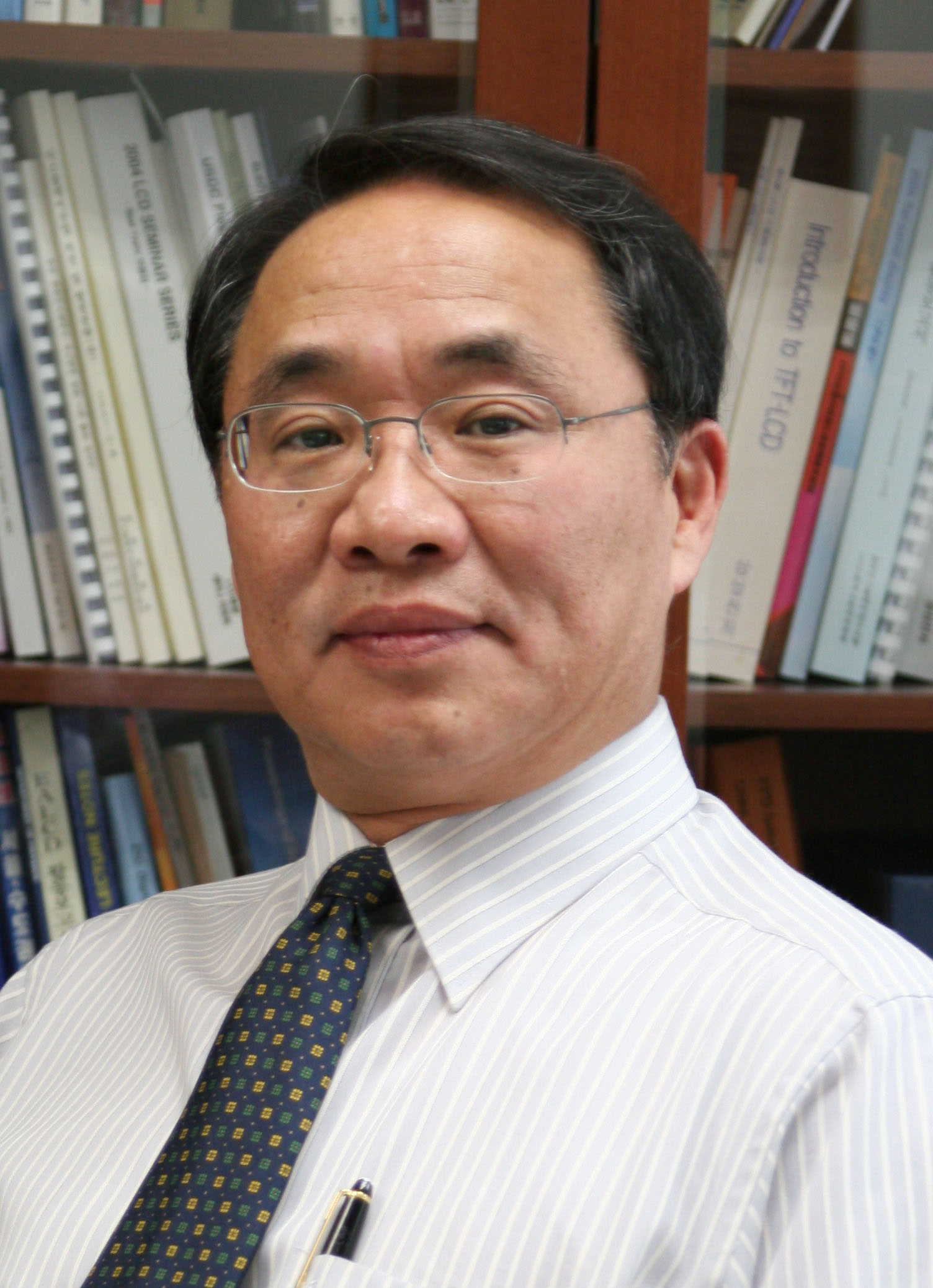
|
| This seminar will cover the wide range of AMOLED technologies including (1) the fundamentals of AMOLED structures, driving methods, materials, and manufacturing processes and (2) issues with manufacturing large OLED-TV panels and flexible OLED displays. In addition, the two faces of AMOLEDs in terms of hype vs. reality -- the other side of AMOLED technology compared with TFT-LCDs -- will also be addressed. |
Track 2:
Oxide TFTs and OLEDs
Room 1
10:30-12 noon |
M-6: Fundamentals of Oxide TFTs
by John Wager
Oregon State University
|

|
| The objective of this seminar is to introduce display engineers and research scientists to the field of oxide thin-film transistors (TFTs). Topics addressed include (i) Why oxides? (ii) Which oxides? (iii) Oxide-TFT advantages? (iv) Oxide-TFT disadvantages? (v) Oxide-TFT device physics? (vi) Oxide TFT stability? and (vii) How about CMOS? |
Track 2:
Oxide TFTs and OLEDs
Room 1
1:30-3:00 pm |
M-10: OLED Devices, Processes, Encapsulation, and Flexible Substrates
by Mitsuhiro Koden
Yamagata University
|
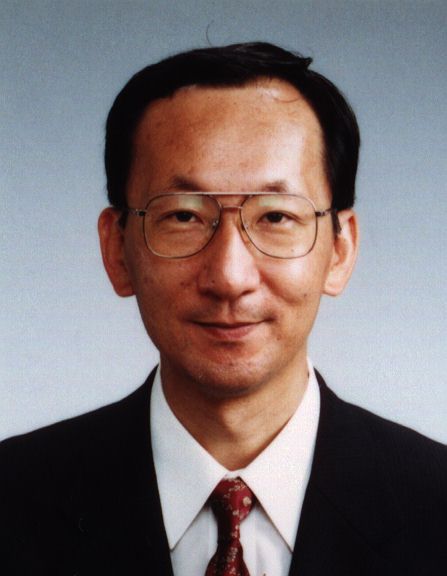
|
| The trend and current status of OLED devices, processes, and encapsulation will be reviewed along with some topics and application examples. The recent progress made in flexible substrate technologies and non-ITO electrodes for OLED lighting devices will be also reviewed. |
Track 2:
Oxide TFTs and OLEDs
Room 1
3:30-5 pm |
M-14: Oxide-TFT Materials and Processes
by Sang-Hee Ko Park
KAIST
|
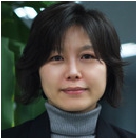
|
| Due to the combined performances of mobility and stability, large-area uniformity, and the use of existing facilities, oxide TFTs have been intensively researched. While the issues need to be further improved, oxide TFTs have finally been mass produced as the backplane for AMOLED TVs and TFT-LCD tablets with low power consumption. In this presentation, the current issues of oxide TFTs in terms of materials and processes and their promise as the driving device of next-generation displays will be described in detail. |
Track 3:
High-Performance LCDs
Room 5
8:30-10 am |
M-3: Color Optimization for Displays with Color Management
by Gabriel Marcu
Apple, Inc. |
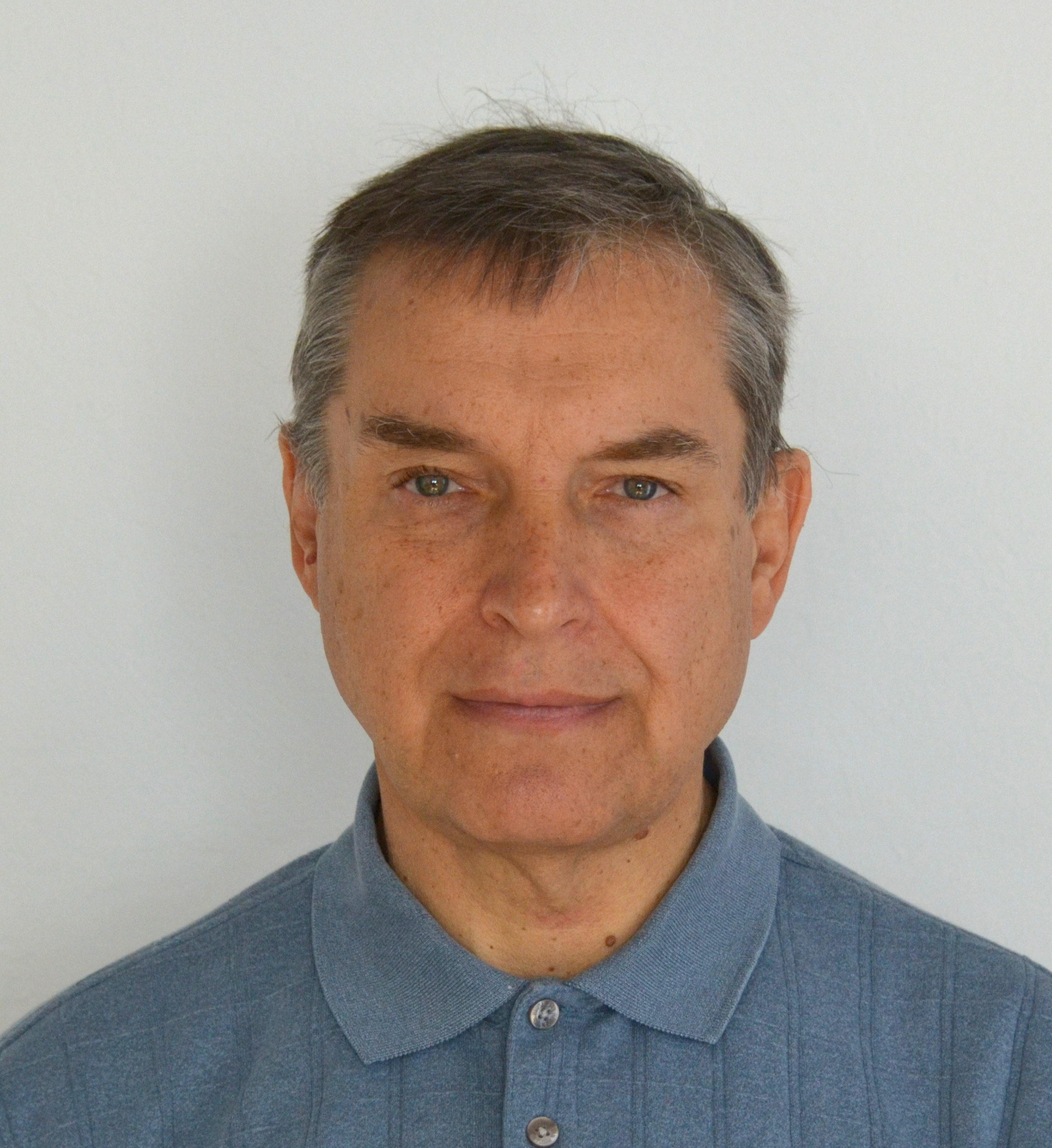
|
| The seminar describes the most important aspects of color rendering on displays such as electro-optical transfer functions, luminance, dynamic range (including HDR), contrast (static/dynamic), gray tracking, channel crosstalk, white point, color gamut and primaries, and response time. The seminar shows how to effectively apply these factors in display color management for maximizing the displayed color quality. |
Track 3:
Quantum-Dot and Other Nano-Technologies as Extremely Thin Displays and Active Surfaces
Room 5 10:30-noon |
M-7: Quantum Dot and Other Technologies as Extremely Thin Displays and Active Surfaces
by Vladimir Bulovic
MIT Organic and Nanostructured Electronics Laboratory |

|
| High luminescence efficiency and tunable saturated color of colloidal quantum dots (QDs) led to their commercialization in energy-efficient lighting and high–color-quality displays. Furthermore, electrically excited QD thin-film LEDs recently reached EQEs of >18% (IQEs of 90%), with a brightness of 50,000 cd/m2 at only a few volts. These and other complementary nanoscale devices will be described. |
Track 3:
High-Performance LCDs
Room 5
1:30-3 pm |
M-11: Fundamentals of FFS and IPS LCDs
by Seung Hee Lee
Chonbuk National University |
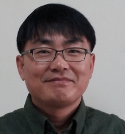
|
| Fringe-field-switching (FFS) liquid-crystal modes have become very popular owing to its superior electro-optic performance, such as high transmittance, low operating voltage, wide-viewing angle, and least-pooling mura under external pressure applied to all types of high-resolution/high-performance displays from small-sized mobile to large-sized TFT-LCDs. This seminar discusses the past, present, and future of FFS LCDs as well as the unique switching principle of the FFS mode. |
Track 3:
High-Performance LCDs
Room 5
3:30-5 pm |
M-15: Optical Films and Coatings for LCD Backlighting
by Masaru Suzuki
SKC Haas Display Films |
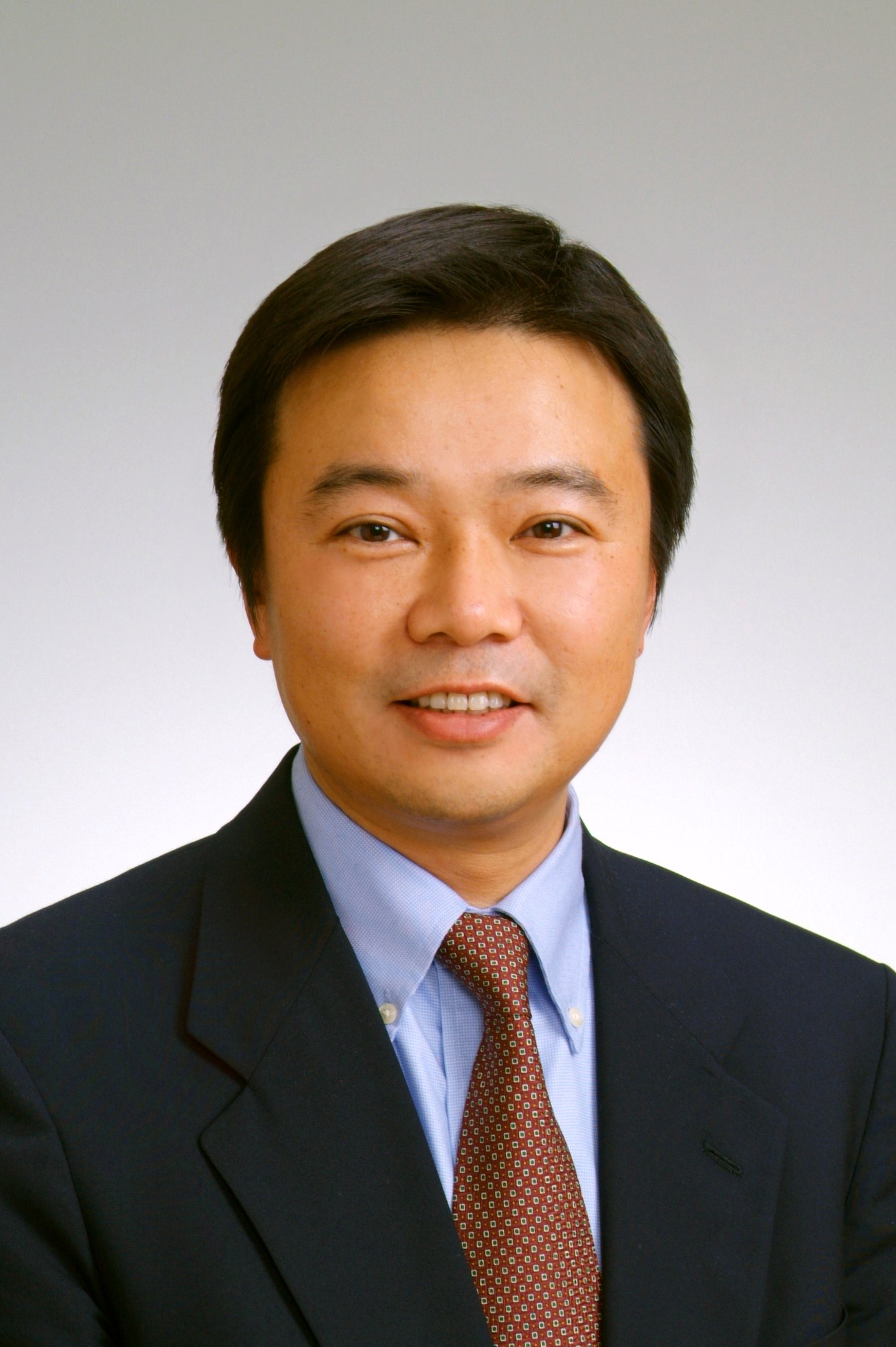
|
| All types of optical films for LCD backlight applications, which ranges from light-reflection film, to light-diffusion film, to light-collimation film, to reflective polarizer film, and to quantum-dot film, will be reviewed. This seminar provides the basic optical working principle of each film as well as its detailed structure and manufacturing process. This seminar also addresses the industry's current issues associated with backlight optical films and its solutions. |
Track 4:
Display Applications
Room 6
8:30-10 am |
M-4: Designing A Power-Efficient High-Quality Mobile Display Systems
by Nikhil Balram
Ricoh Innovations
and
Mainak Biswas
Qualcomm
|
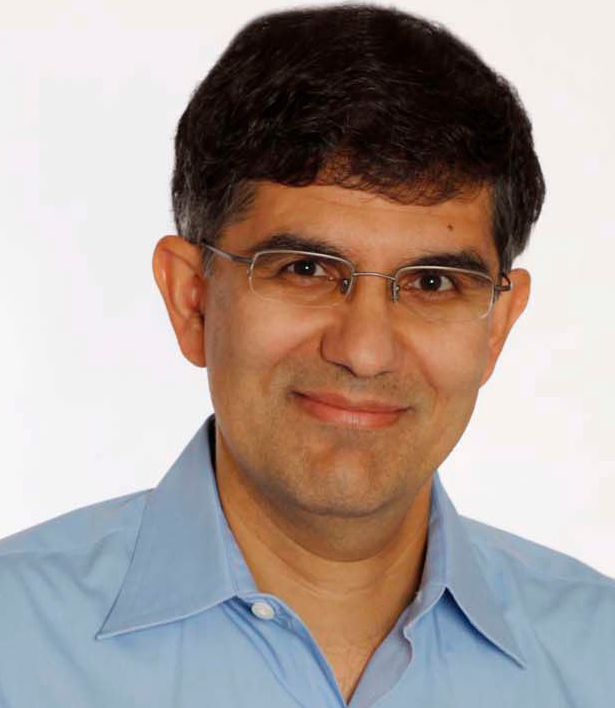 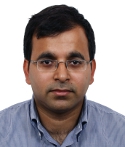
|
| Mobile displays have experienced a tremendous development over last few years. The maximum resolution of the panels used in mobile phones was typically QVGA (320 x 240) in 2005, and in less than 10 years, a point where 4K x 2K panels are a reality for mobile devices has been reached. With the many fold increase in resolution came the need for significant signal processing for better visual quality and power savings. This seminar will delve into the secrets of high-quality yet power-efficient displays for mobile devices. The design choices and panel-processing algorithms that differentiate one display system from another will be explored. |
Track 4:
Display Applications
Room 6
10:30-12 noon |
M-8: Flexible OLED Displays and Lighting Devices
by Ruiqing Ma
Universal Display Corp.
|
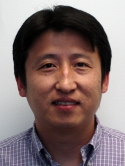
|
| This seminar will review the recent progress of flexible OLED technologies for both AMOLED displays and solid-state-lighting applications. Topics to be covered include technical challenges, substrate choice, backplane technologies, process developments, and thin-film encapsulation. The seminar will end with a discussion on the emerging applications of flexible OLEDs. |
Track 4:
Display Applications
Room 6
1:30-3 pm |
M-12: A Critical and Current Review of the Present and Future Prospects for e-Paper
by Jason Heikenfeld
University of Cincinnati
|

|
| Monochrome electronic-paper displays (EPDs) continue to expand in commercial applications served. However, color EPD and color video EPD must be developed to expand to larger/new markets and will eventually be required for many existing monochrome EPD applications. This seminar will review both the physics and performance of leading e-Paper technologies. In the past year, the industry has restructured substantially, and still there are some new players/technologies emerging. Also, recent breakthroughs continue to bring color e-Paper much closer to commercial reality. |
Track 4:
Display Applications
Room 6
3:30-5pm |
M-16: Wearable and Augmented-Reality Displays
by Hong Hua
Flexible Display Institute |
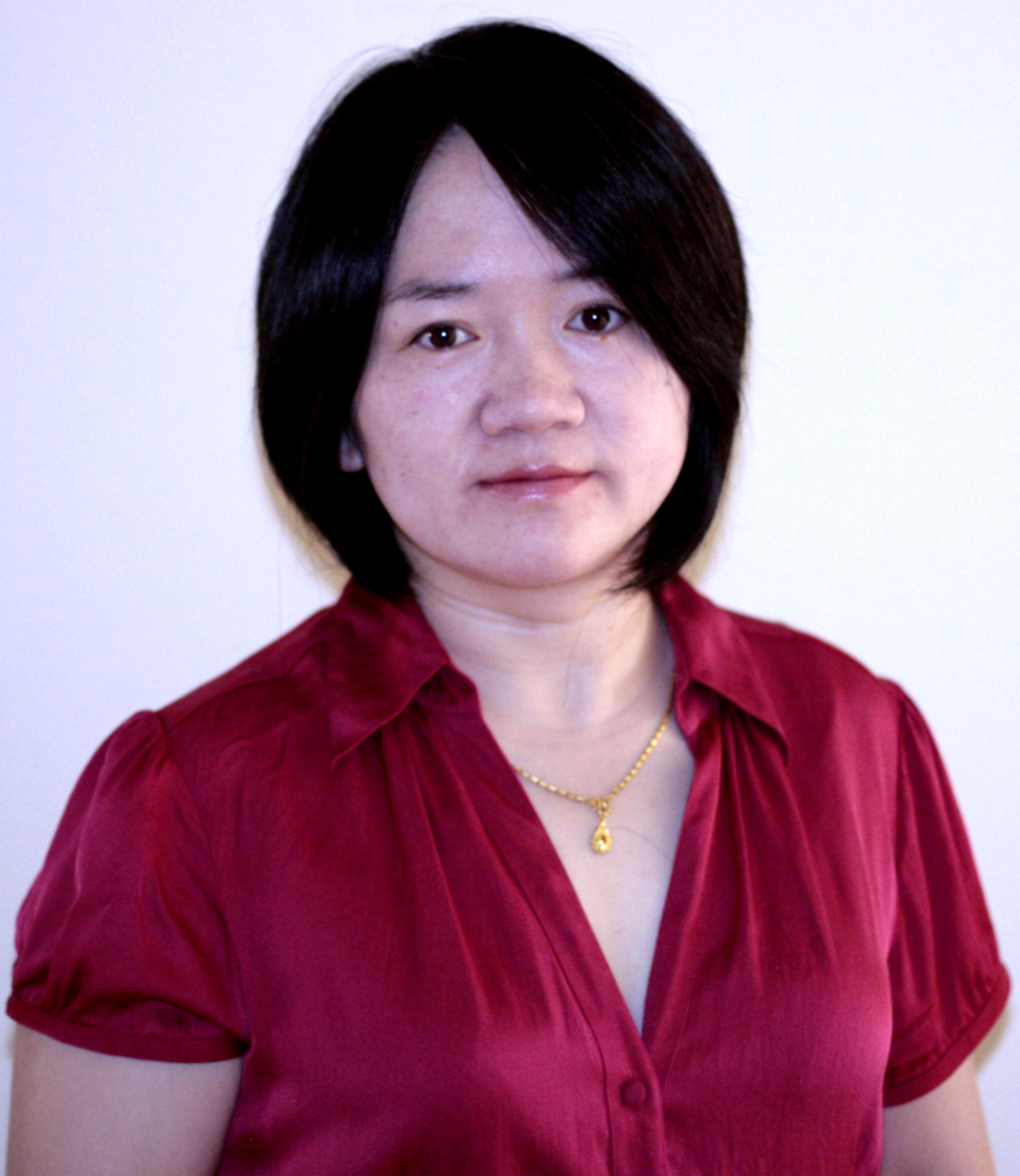
|
| A review of the historical developments of augmented-reality (AR) displays and the various optical technologies leading to the development of lightweight AR displays will be provided. The recent technological advancements will be discussed and the applications of AR displays to 3D visualization will be demonstrated. The potential impact of such technologies will also be discussed.
|